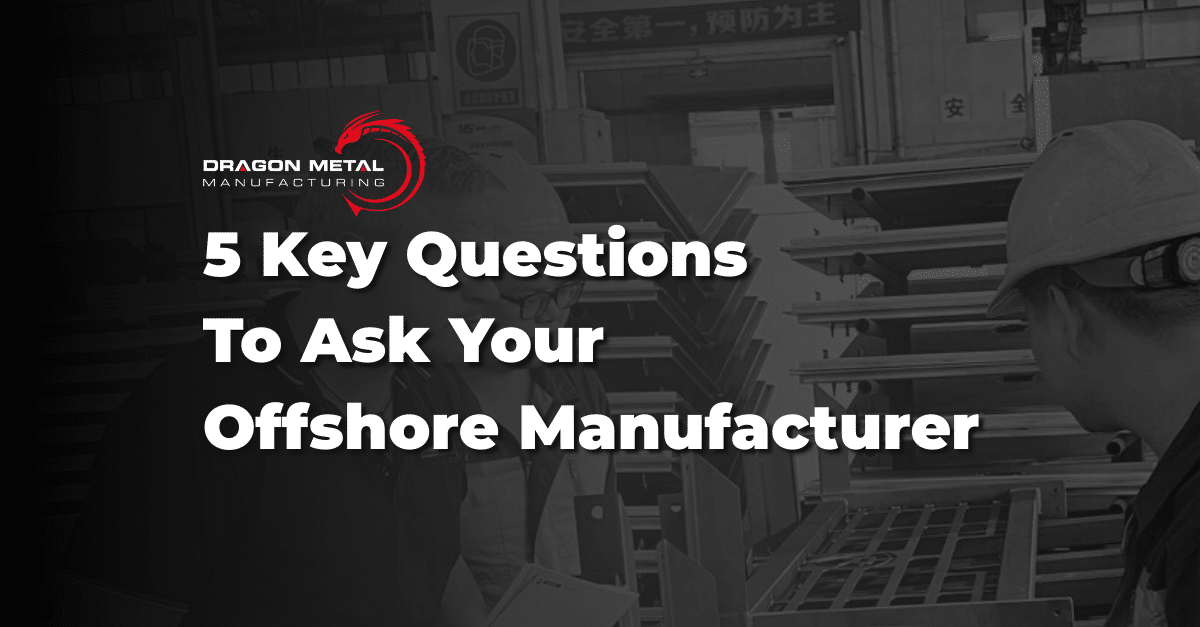For many Australian manufacturers, offshore manufacturing offers significant advantages — from reducing production costs to accessing advanced capabilities not always available locally. However, these benefits only materialise when you choose the right partner. The wrong choice can result in delays, substandard quality, and unexpected costs.
At Dragon Metal Manufacturing, we help Australian companies in mining, agriculture, transport, heavy vehicles, and oil & gas bring their metal and plastic products to life through trusted partners in China and Vietnam. Over decades in the industry, we’ve learned that asking the right questions early can prevent costly mistakes later.
Here are five essential questions every Australian company should ask before committing to an offshore manufacturing partner.
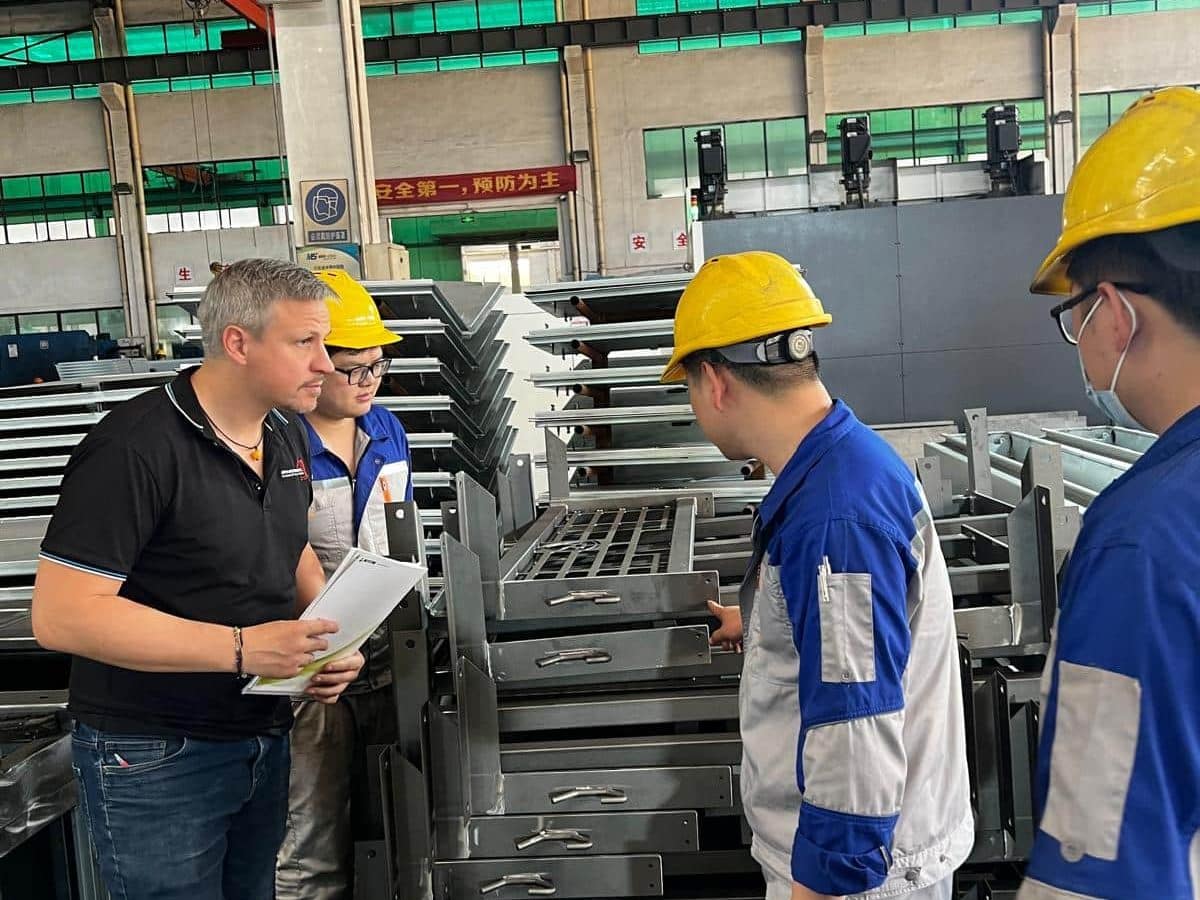
1. Can you meet my quality and material specifications?
Quality issues are one of the most common challenges in offshore manufacturing. By asking about quality standards and material sourcing early, you ensure the manufacturer can meet your technical requirements before production begins.
Your supplier should specify if any requirements cannot be met in the quotation, but it always better to doublecheck and have the discussion to find out if the quotation includes all the critical requirements.
Why this matters:
- It verifies whether the factory can work with the exact materials your product requires.
- It allows you to find out if they can source equivalent materials locally or need to import them, which could potentially delay the lead time.
Requesting material data sheets and conformity documentation can give you reassurance that the factory has indeed purchased the correct material. In some industries, using the wrong grade of steel or wrong material can lead to product failure — making this one of the most critical conversations you’ll have.
What if the standard isn’t met?
Your supplier will surely have their own quality assurance process. However, if you have any critical requirements, or if your product needs to be tested, it is best to have a conversation about Quality requirements before production starts. Make sure you know and have written confirmation on how your supplier will behave if standards aren’t met.
This may include rework at the manufacturer’s cost or replacement of faulty parts or in most cases your supplier will ask if they can issue a credit note or make replacement parts with the next order. Having an agreement in writing gives you leverage and an extra layer of protection. The same principle applies to any other mandatory standards — such as specific welding requirements. If certification is required, confirm whether your supplier can collaborate with SGS or another reputable third-party inspection company to verify compliance.
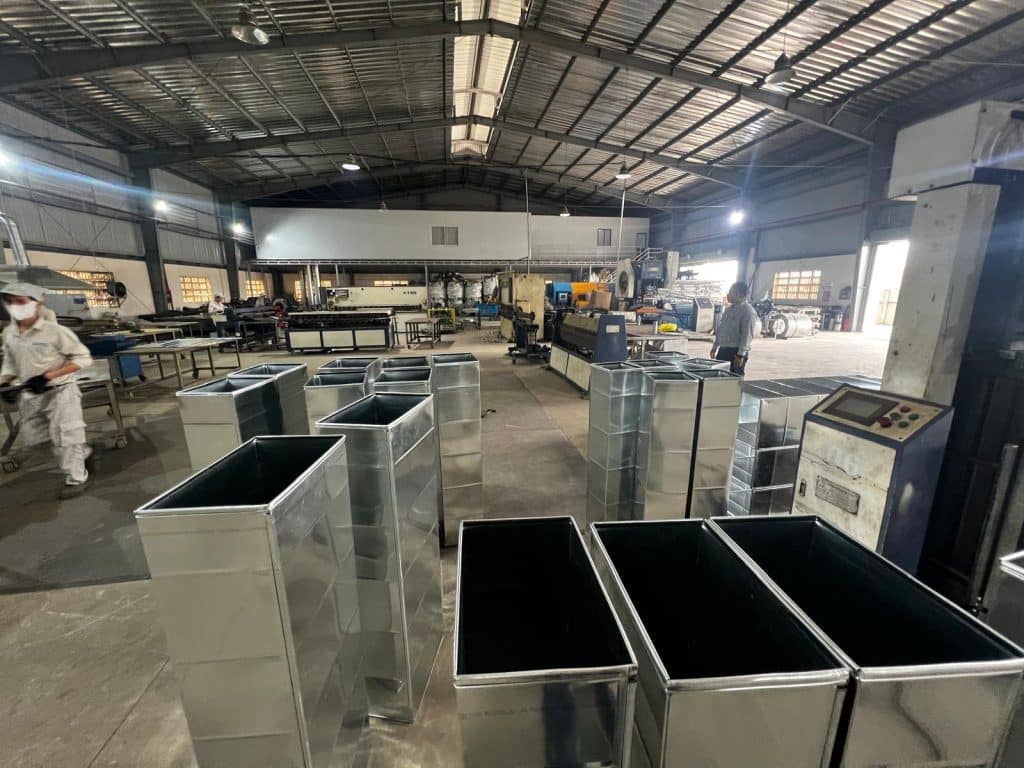
2. Can you manage the entire production process in-house?
It is common for factories to outsource certain components or processes to other suppliers, either to reduce costs or to meet strict deadlines when operating at full capacity. While this practice is standard and often acceptable, your supplier should always inform you when it occurs. This transparency allows you to agree on which critical items require close inspection and extra attention. By knowing exactly which processes or parts are being subcontracted, you can minimise risks and ensure your supplier remains fully accountable for their subcontractors’ work.
Why this matters:
- It helps you identify the key production steps of your product that will need to be monitored more carefully.
- It allows you to ask about quality control protocols for critical production staged.
- If subcontractors are used, you can have a conversation on how the manufacturer will manage the QA process and carry out any potential testing.
- If you are planning to visit your supplier during production, to sign off on production for example, ask if you can visit the subcontractors too.
Asking this question shows that you understand how the industry works — and signals to the manufacturer that you expect full transparency and high attention to detail.
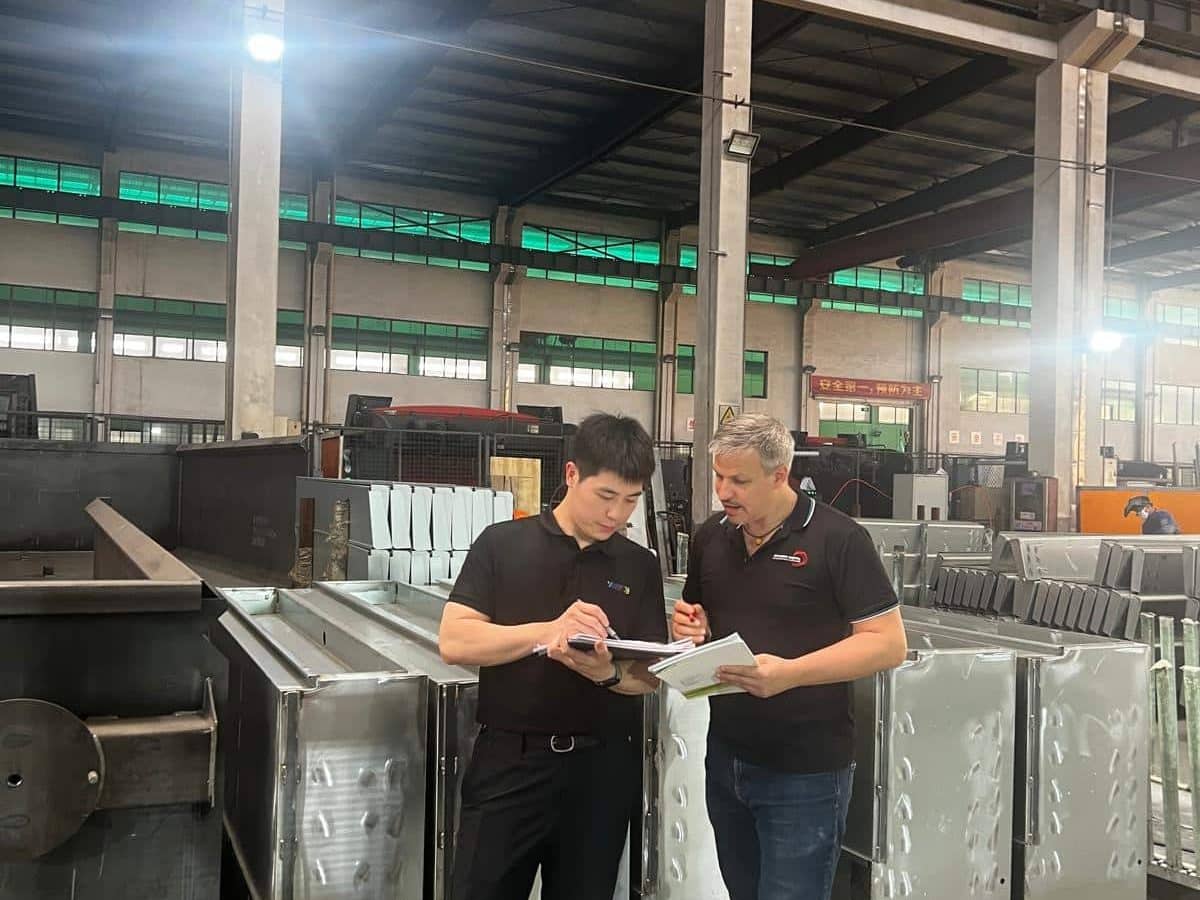
3. What are your payment terms and incoterms?
While payment arrangements can vary between manufacturers and differs based on what is being manufactured, these are generally standard across China and Vietnam.
Your supplier’s quotation should clearly state the payment terms, currency, and all relevant conditions. Knowing the payment terms helps you plan your orders in a way that minimises the impact on your cash flow.
Most suppliers will quote with incoterms Freight on Board (FOB), which means the factory will be responsible for any charges up to when your goods are loaded for shipping.
Some factories however may quote Ex Works, which means there may be additional charges from what is shown in their quotation. It’s worth clarifying this before placing an order.
Why this matters:
- It reduces the likelihood of disputes, as payment expectations are clear from the start.
Common arrangements in offshore manufacturing include:
- Lower-value orders and machined components – Suppliers will often require full payment upfront for these.
- Large-value orders, high volume manufacturing and fabrication – Most suppliers will ask for a 30% deposit, with the balance due before shipment.
- Tooling projects – Usually 50% upfront for tooling with the balance due once the samples have been approved.
Australian companies working with local suppliers may be used to having 30-day credit terms, but this is far less common in offshore manufacturing. Most offshore suppliers rely on the initial deposit to secure materials for the full production run and to pay their subcontractors and suppliers on similar terms. However, if you establish a strong, long-term relationship with a supplier and place regular orders, they may consider investing in production insurance to protect themselves against late or failed payments. In such cases, offering 30-day terms may become possible.

4. What is the expected lead time and shipping process?
In offshore manufacturing, production schedules are just one part of the timeline — shipping, customs clearance, and inspections can all add days or weeks. Knowing the lead time upfront helps you integrate offshore production into your supply chain planning.
Why this matters:
- You can align production schedules with seasonal demand or project deadlines.
- It gives you a chance to discuss whether your team can visit to conduct on-site inspections or schedule any additional quality checks before shipping.
- You can clarify who handles shipping — will the manufacturer provide a trusted shipping company, or will you need to use your own freight forwarder? This decision affects cost, transit time, and accountability if delays occur.
Pro tip: Plan your lead time in reverse. If your product must arrive in Australia by a specific date, work backwards and include a buffer. Allow at least 1–1.5 months for shipping and delivery, plus 30–60 days for production and inspection.
A common mistake is spending too much time on design and purchase order processing, leaving insufficient time for manufacturing and shipping. This often forces businesses to send part of their order by air, which can erode the project’s cost-effectiveness. Also consider seasonal holidays that may affect lead times. For example, most factories close for several weeks during Chinese New Year, with production often slowing for two weeks before and after the holiday. There are also other week-long holidays throughout the year, so it’s always worth asking if any holidays could affect the production schedule.
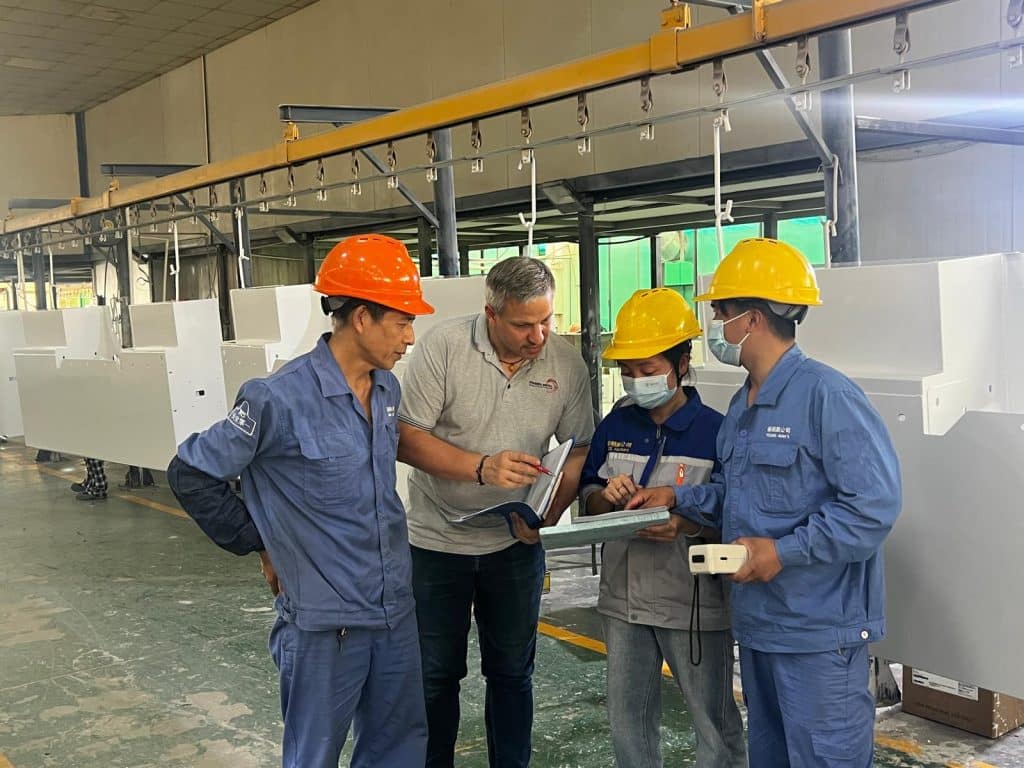
5. Do you have an in-house packaging team?
A skilled packaging team can have a big impact on both cost efficiency and product safety. They can recommend the best way to load products into containers, minimising wasted space and reducing freight costs, while ensuring goods are securely packed to withstand a month or more at sea.
Why this matters:
- Professional packing reduces the risk of damage during shipping.
- Efficient container loading can lower freight costs and prevent unnecessary use of space.
- Correct packaging decisions help determine whether you’ll need a full container load (FCL) or a less than container load (LCL) shipment.
If you regularly order a high-volume product, you could ask your supplier about split shipments — ordering a year’s supply at once so your supplier can benefit from lower bulk material costs, and allowing you to manage your cash flow more efficiently. With split shipments your supplier would store the finished goods and ship them in batches as needed. This is uncommon due to supplier risk but might be an option to consider.

Conclusion
Offshore manufacturing can deliver outstanding results — but only when you ask the right questions before signing an agreement. By clarifying quality standards, lead times, payment terms, packaging, and production oversight, you protect your investment, your reputation, and your supply chain.
At Dragon Metal Manufacturing, we specialise in helping Australian companies manufacture offshore with confidence, whether you need metal fabrication, plastic manufacturing, or full product assembly. Contact us today to discuss your next project and see how we can simplify and strengthen your offshore production process.

